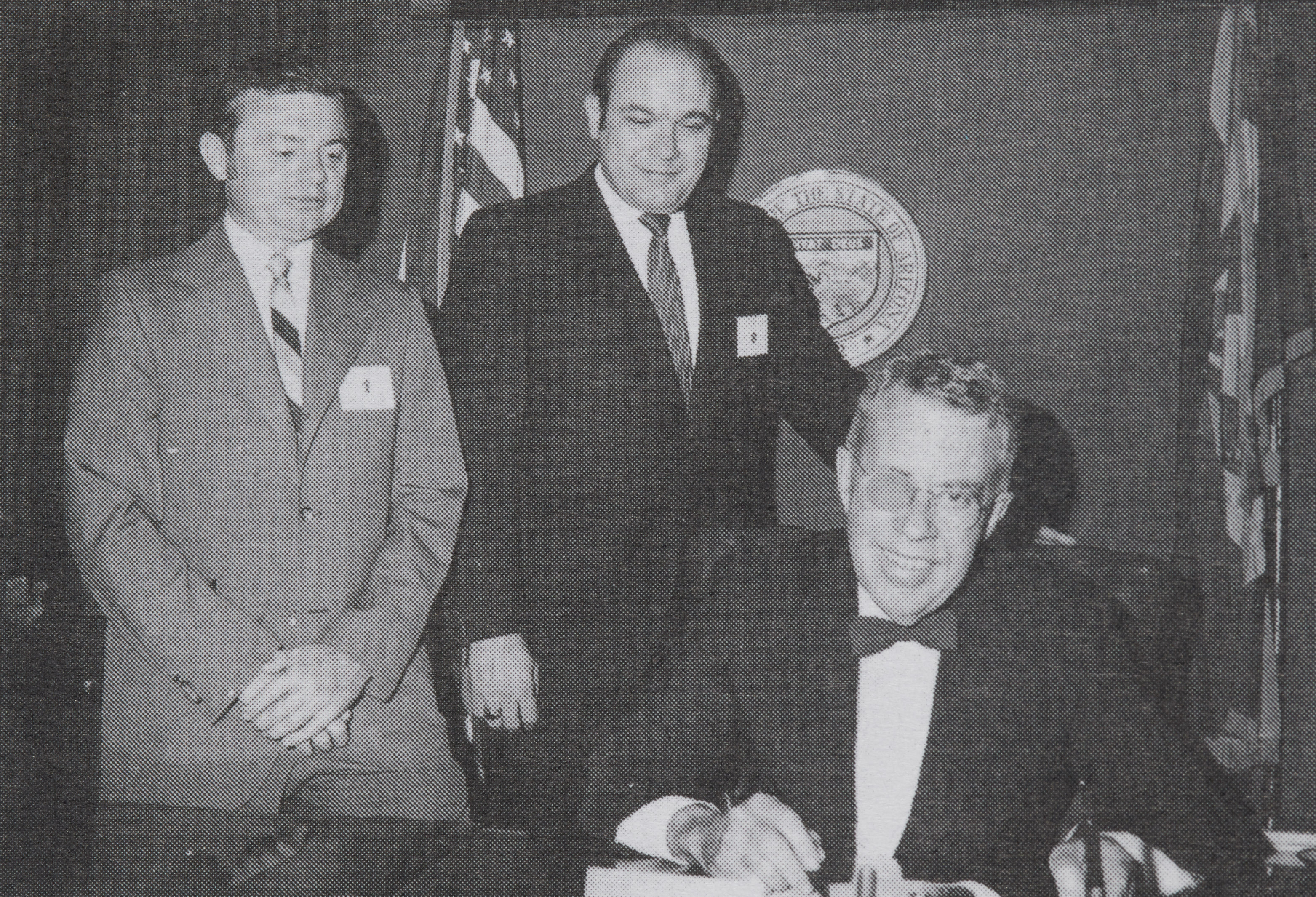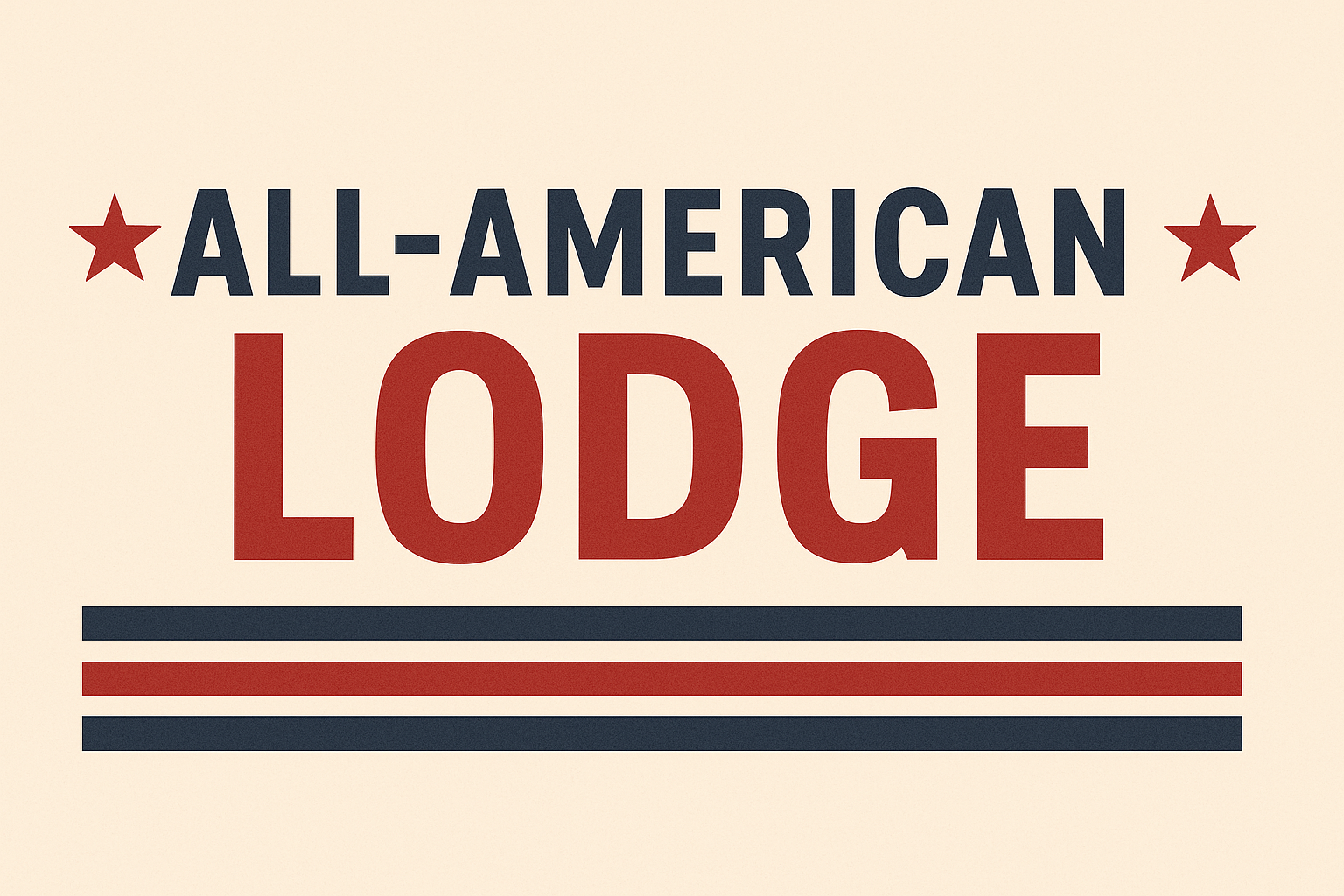The Jolly Corks

The Benevolent and Protective Order of Elks was founded in New York City on February 16, 1868, "to inculcate the principles of Charity, Justice, Brotherly Love and Fidelity; to promote the welfare and enhance the happiness of its members, to quicken the spirit of American patriotism, to cultivate good fellowship."
Charles A. Vivian was elected "Right Honorable Primo." Vivian was an English comic singer from Southampton. On his arrival in New York on November 15, 1867, he dropped into the Star Hotel, where he met piano player Richard R. Steirly, who, before the evening was out, introduced his new friend to several other "congenial spirits" at the boarding house where Steirly lived.
One thing led to another; one get-together led to another, and soon there was an organization of good fellows known as the "Jolly Corks", most of whom were professional entertainers. Together one day before Christmas of that same year, they attended the funeral of a friend. Gradually they began to share the belief that some sort of a "benevolent and protective" society could perform other acts of brotherly love and charity while continuing their good fellowship and fun.
It is recorded that the name "Elks" won out by one vote over "Buffalos," a name used by a similar English organization. "Elk Street" in New York was named in 1939 to commemorate the area where the Jolly Corks and later the Benevolent and Protective Order of Elks were founded.
What Else Was New In 1867–68?

Andrew Johnson was finishing out the second term of Abraham Lincoln as President. Lincoln had been assassinated on April 15, 1865. One of the very serious purposes of the B.P.O.E. was to help bind the wounds of the North and South. Even in those days, the early Elks abided by the principles described by Fred Harper, Past Grand Exalted Ruler, in these words:
"The Order questions no man's religion; nor bars him on account of his creed. It is not concerned with one's political affiliation. And it does not permit either religion or politics to be injected into, or to have any effect upon, its fraternal deliberations, national or local. It seeks to draw into its fraternal circle only those who delight in wholesome association with congenial companions; who are deeply imbued with the spirit of patriotic loyalty and devotion; who recognize the obligations of human brotherhood; and who desire, without fanfare of trumpets of publicity, to share with their associates in the endeavor to feed the hungry, to shelter the homeless, to relieve those in distress, and to prove themselves true friends of all in need."
President Lincoln in 1863 had signed the Organic Act creating the Territory of Arizona. Richard C. McCormick, who had published the first newspaper north of the Gila River, Arizona Miner, was Governor of Arizona during those years, 1867–68, when the Order of Elks was founded in New York. In 1868, the first citrus crop was harvested in the territory by Jack Swilling, John Y.T. Smith, and Darrel Duppa along "Swilling's Ditch," dug where evidence of a vanished race had once made the desert bloom.
And in 1870 the little town of Phoenix, Arizona was born, christened after the Phoenix bird, "who rose from its own ashes"—perhaps from the ancient Hohokam canals. The town already had its horse-drawn street railway with a fare of 5 cents (set by law and continued for 40 years), and it was served north and south by stagecoach. Automobiles had appeared, but most transportation was still on foot, with bicycles and horse-and-buggy supplementing the streetcar.
Population explosion was not a problem; by 1890 there were only 88,243 souls in the entire Arizona Territory, and in Phoenix, by then the State Capital, there were just 3,152. Not so long after that, Phoenix Lodge No. 335 of the Benevolent and Protective Order of Elks arrived on the scene.
Origins of Elkdom in Arizona Territory
In January 1896, Prescott Elks Lodge No. 330 became the first Elks lodge in Arizona. Shortly thereafter, in June 1896, Phoenix Elks Lodge became the second lodge in Arizona.
Establishment of Phoenix Elks Lodge No. 335
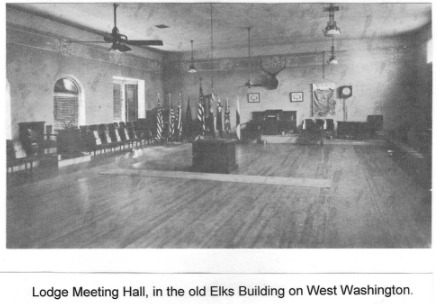

The charter for Phoenix Lodge No. 335 was applied for on February 24, 1896 and granted by Grand Lodge in session July 7–12, 1896. It was on March 17, 1897 that Phoenix Lodge was ushered into Elkdom with 28 original members who signed the constitution and bylaws on that date. The first meetings of the Lodge were held in the old Monahan Building, then for a time in City Hall, and later in various offices.
Dr. J. M. Ford, a respected physician and hotel proprietor, became the first Exalted Ruler, setting the tone for the Lodge’s future.
Founding members included community leaders such as C. W. Morrell (later Arizona’s first District Deputy), Ira P. Smith, Selim J. Michelson (District Deputy 1900–1902), and William M. Mayers. Victor “Vic” Hanny, a charter member, later helped establish Tucson Lodge No. 385. These men anchored the lodge in Phoenix’s civic and business life.
The Phoenix Elks quickly became known for charity, fellowship, and civic service. Early contributions supported relief efforts and community causes, and the lodge soon became a gathering place for the city’s cultural life.
Historical Background of Phoenix Lodge (1896–1922)
From your historical archive bindersby PER Bob Benson ✝
Did You Know?
- Early celebrations featured elaborate Shattuck’s Café menus—lobster salad à la mayonnaise, Parisian potato salad, vanilla ice cream… and cigars.
- The famed 11 O’Clock Toast was already a cherished tradition in Phoenix by the 1890s.
- 1907: Phoenix helped popularize the Elks’ national Flag Day observance on June 14.
- General John J. Pershing was welcomed in Phoenix with an Elks-led parade and decorated route after WWI.
- Members raised tens of thousands via Liberty Bonds and pledges to support troops and community charities.
Lodge at a Glance (Early Years)
- 1896: Lodge chartered; first ER Dr. J. M. Ford.
- 1906–1907: Lodge purchased the Dorris Opera House (later the Elks Theatre) for about $9,000.
- 1907: ~243 members; net worth about $8,200.
- 1916–1918: Membership ~476 → 626; mortgage reduced; assets grew to ~$63,700.
- 1919–1922: Bonds issued and plans drawn for a new Elks Home at 2nd Ave & Adams; architects Todd & Miller and Herbert Mann selected.
Early Exalted Rulers (1896–1916)
| Year(s) | Name | Notes |
|---|---|---|
| 1896 | Dr. J. M. Ford | First Exalted Ruler |
| 1896–1897 | C. W. Morrell | First District Deputy of Arizona (1897–1900) |
| 1897–1898 | Ira P. Smith | Third ER |
| 1898–1899 | Selim J. Michelson | District Deputy 1900–1902 |
| 1899–1900 | William M. Mayers | Fifth ER |
| 1900–1901 | Bernhard Anderson | Sixth ER |
| 1901–1902 | George Purley Bullard | Seventh ER |
| 1902–1903 | W. C. Foster | Eighth ER |
| 1903–1904 | Frank H. Lyman | ER at age 41; later noted as oldest living ER (1950) |
| 1904–1905 | M. O. Bicknell | Membership rose to 222 |
| 1905–1906 | Harry Taffe | Membership ~244 |
| 1906–1907 | Tom Whitney | Purchased Dorris Opera House; promoted Flag Day |
| 1907–1908 | Frank Connelly | Membership ~297; property acquisitions |
| 1908–1909 | Paul Renau Ingles | Moved into remodeled building; membership ~426 |
| 1909–1910 | George P. Driscoll | The "Chicago White Sox" played game in Phoenix on March 29th, under the arrangements of the Elks |
| 1910–1911 | Frank DeSouza | First Arizona Elks Association President; DDGER 1910–1912 |
| 1911–1912 | Brady O’Neil | Arizona Elks Association formed (1912) |
| 1912–1913 | A. L. Moore | Family legacy of ER service |
| 1913–1914 | Archie Gatter | 19th leader of Lodge |
| 1914–1915 | George Mintz | Founder, Arizona Title Guarantee & Trust |
| 1915–1916 | Frank Baptist | Two-term AEA President (1925–1927); DD 1920–1921 |
Highlights of Our Early Growth
From borrowed halls to opera houses, Elks Park, and our present home.
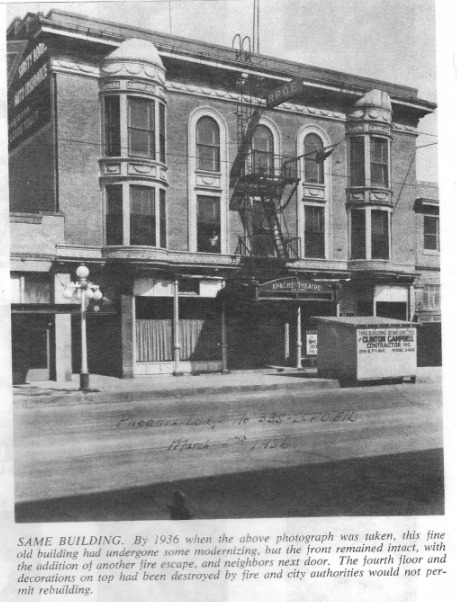
Finding a Home (Pre–1905 → 1930s)
The Lodge first met in a series of downtown locations—Monihan Building, City Hall, the Orchard Grave building, and briefly the K of P building. By 1905, membership had grown to about 150 and the Brothers set their sights on a permanent home.
For $9,000 the Lodge purchased the former Dorris Opera House at 324 W. Washington, a handsome property with a theater at street level, clubrooms on the second floor, and a Lodge room on the third. In the spring of 1936, the building was fully remodeled from a live stage venue into one of the Southwest’s most modern sound-picture theaters. Five years later, growing needs led to leasing the second floor of an adjacent building and opening a connecting passage.
Before 1905
Monihan Building → City Hall → Orchard Grave Building → K of P Building.
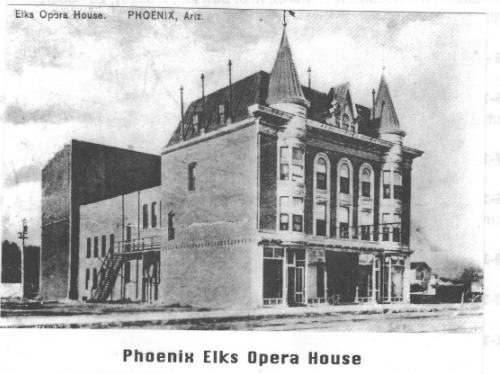

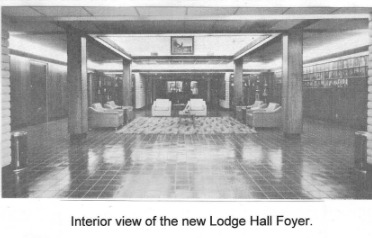

22½ Acres for Fellowship & Family
On December 15, 1949 the Lodge approved the first ten-acre purchase at 44th & Thomas, later expanding to 22½ acres. Former nursery trees made it a beloved, shaded picnic area for years.
- Aug 30, 1950 — First construction for “Elks Park” approved.
- Mar 3, 1951 — Club building with concrete patio dedicated.
- Apr 1951 — Swimming pool approved; additions followed over the years.
- Jul 7, 1966 — On our 70th Charter anniversary, Lodge voted to sell 700’ of Thomas Rd frontage to build a new Lodge Hall & offices and remodel existing structures.
- Sept 1–2, 1967 — Dedication of the new facilities.
- Jan 1981 — Voted to sell the NE corner to United Bank of Arizona; later executed a land-lease with A.J. Properties for the pool parcel.
Tip: add old aerials or site plans here for extra context.

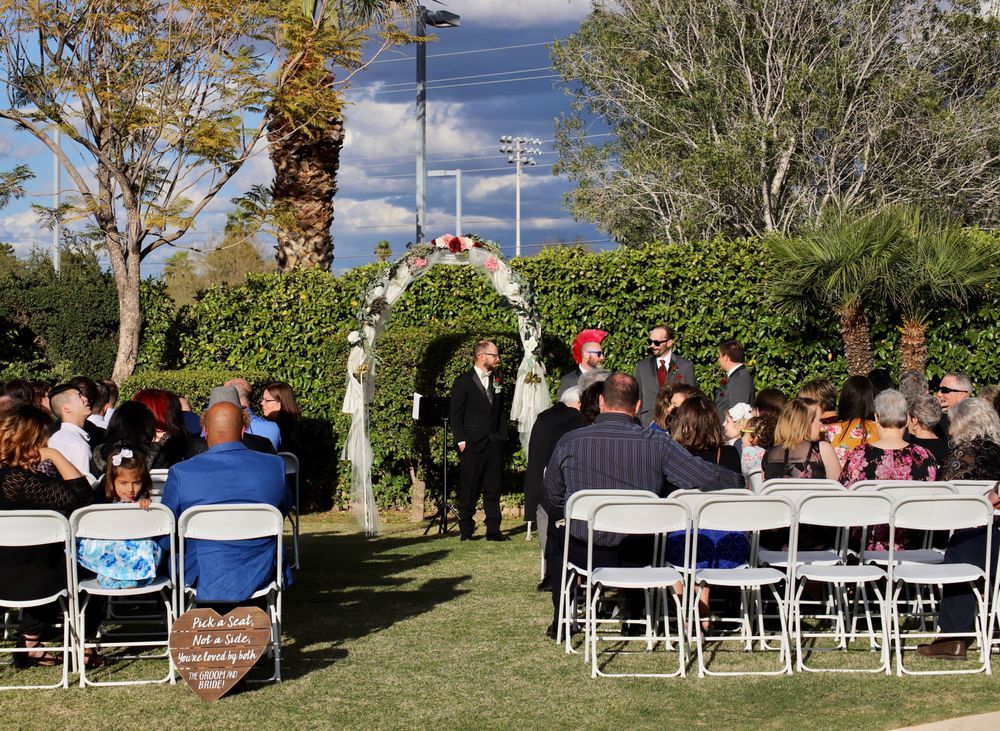
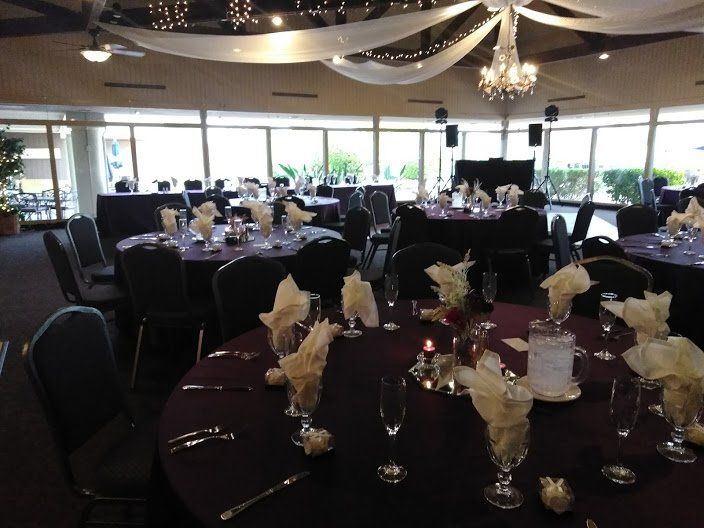
A Turn-Around Vision Realized
After extensive studies and more than a dozen developer presentations—and with guidance from our architect—the members voted to sell most of “Elks Park” (retaining the lease parcel) and to build new Lodge & Club facilities at 32nd Street & Acoma.
- Mar 17, 1984 — Groundbreaking ceremonies held.
- May 1, 1985 — Move-in day for the new Lodge facilities.
- Oct 13, 1985 — Formal dedication.
For over a century, Phoenix Elks has served our city and state with charity, patriotism, and fellowship—living our creed: Elks Care, Elks Share.
Phoenix Elks Opera House
Phoenix’s original lodge meetings took place in the historic Dorris Opera House (built 1898). In the 1910s it was renamed the "Elks Theatre" and became the official home of the local lodge. This grand Queen Anne–style theater hosted plays, concerts, and dances, reflecting the Elks’ role as cultural patrons in early Phoenix.

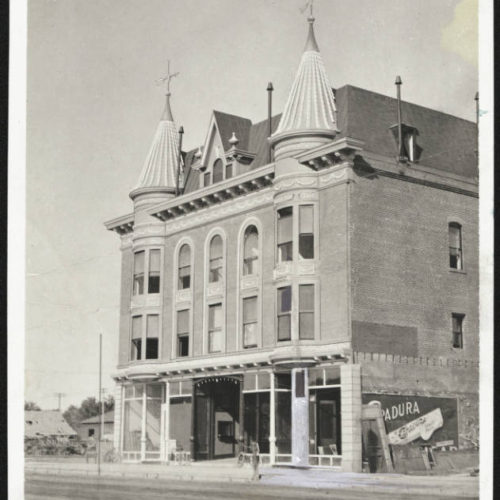

Elks Theater Advertisements
The Elks Theater in Phoenix featured touring vaudeville and theatrical productions. In 1920, former major-league baseball star Mike Donlin appeared in the comedy “Turn to the Right” at the Phoenix Elks Theater. The newspaper advertisement below promoted that show, illustrating the lodge’s entertainment programming in the early 20th century.
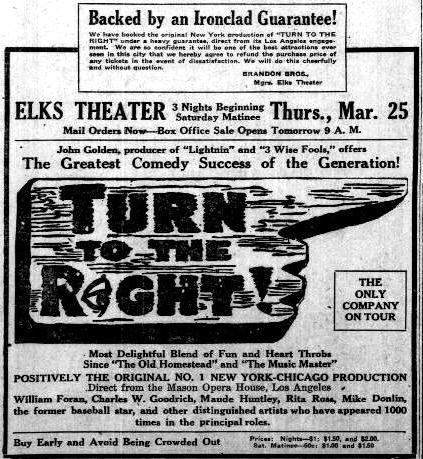
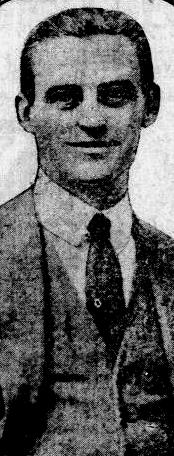
History Gallery
Early Elkdom, Phoenix Lodge highlights, and artifacts.

Fraternal Memories
Mid-20th-century photos capture Phoenix Elks members carrying on the fraternity’s traditions of fellowship and service. Lodge gatherings, and ceremonies are shown in the collage below, reflecting decades of local Elkdom history.
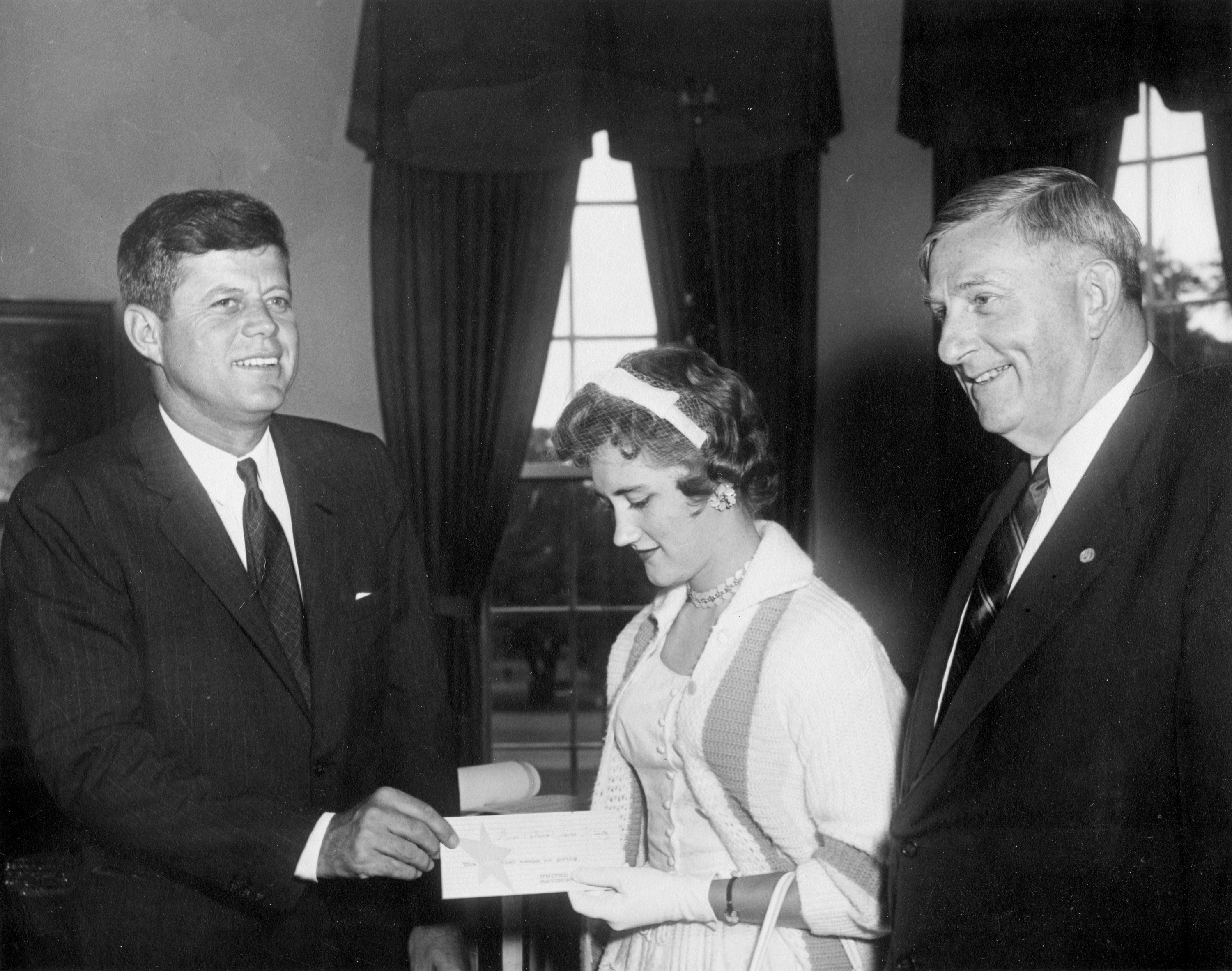
Presentation of Elks Youth Leadership Awards
1961 July 06: Presentation of Benevolent and Protective Order of Elks (also known as the Elks Lodge or The Elks) Youth Leadership Awards. (L-R): President John F. Kennedy; Patricia L. Kurtz; John E. Fenton, Grand Exalted Ruler. Oval Office, White House, Washington, D.C.
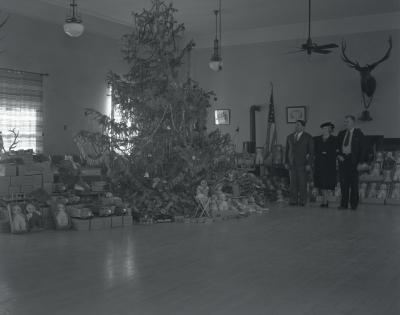
Phoenix Lodge #335 — interior (1939)
1939: Christmas Tree, Toys, and People Inside Elks Lodge 335

Phoenix Elks Historical Photograph 0037
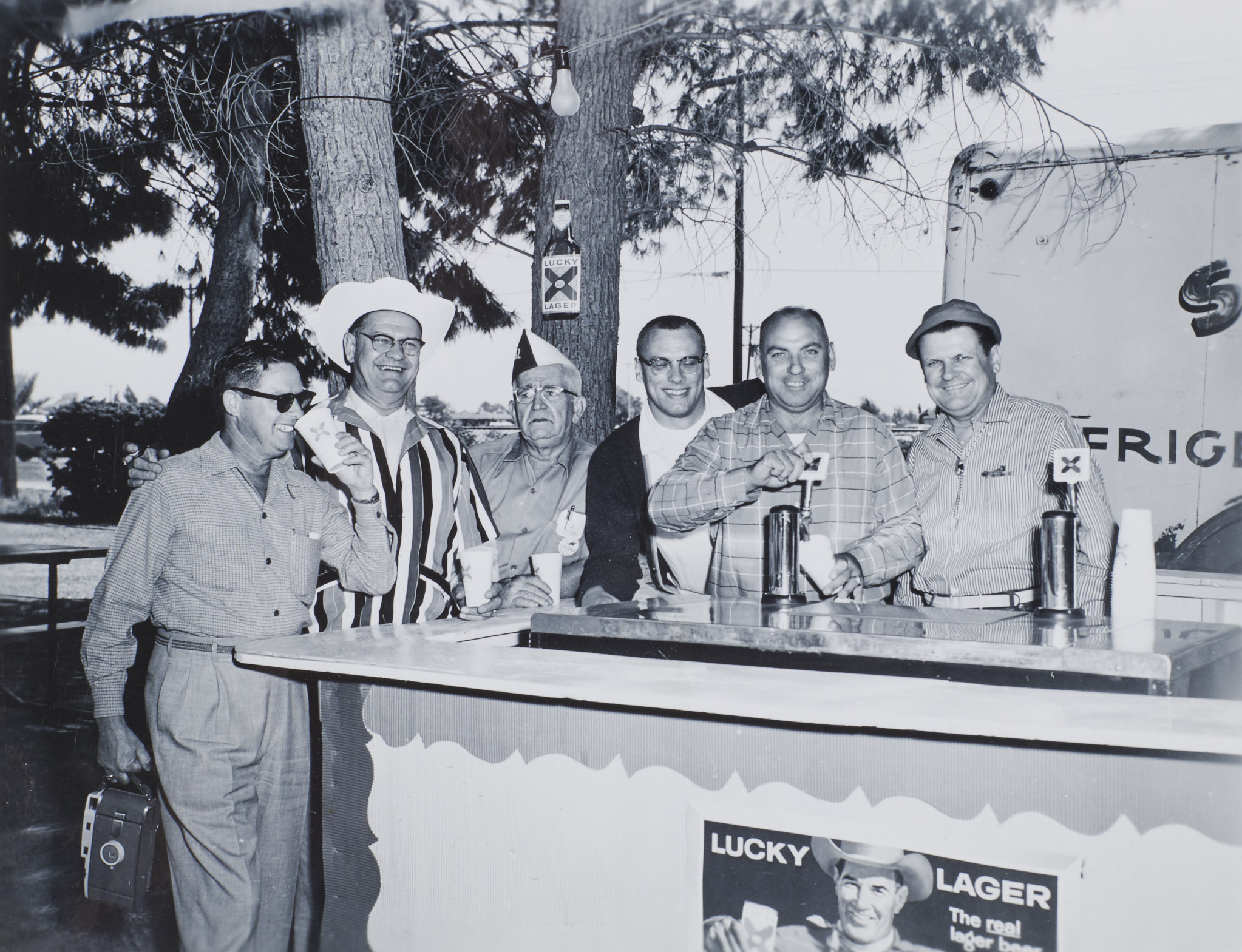
Phoenix Elks Historical Photograph 0038
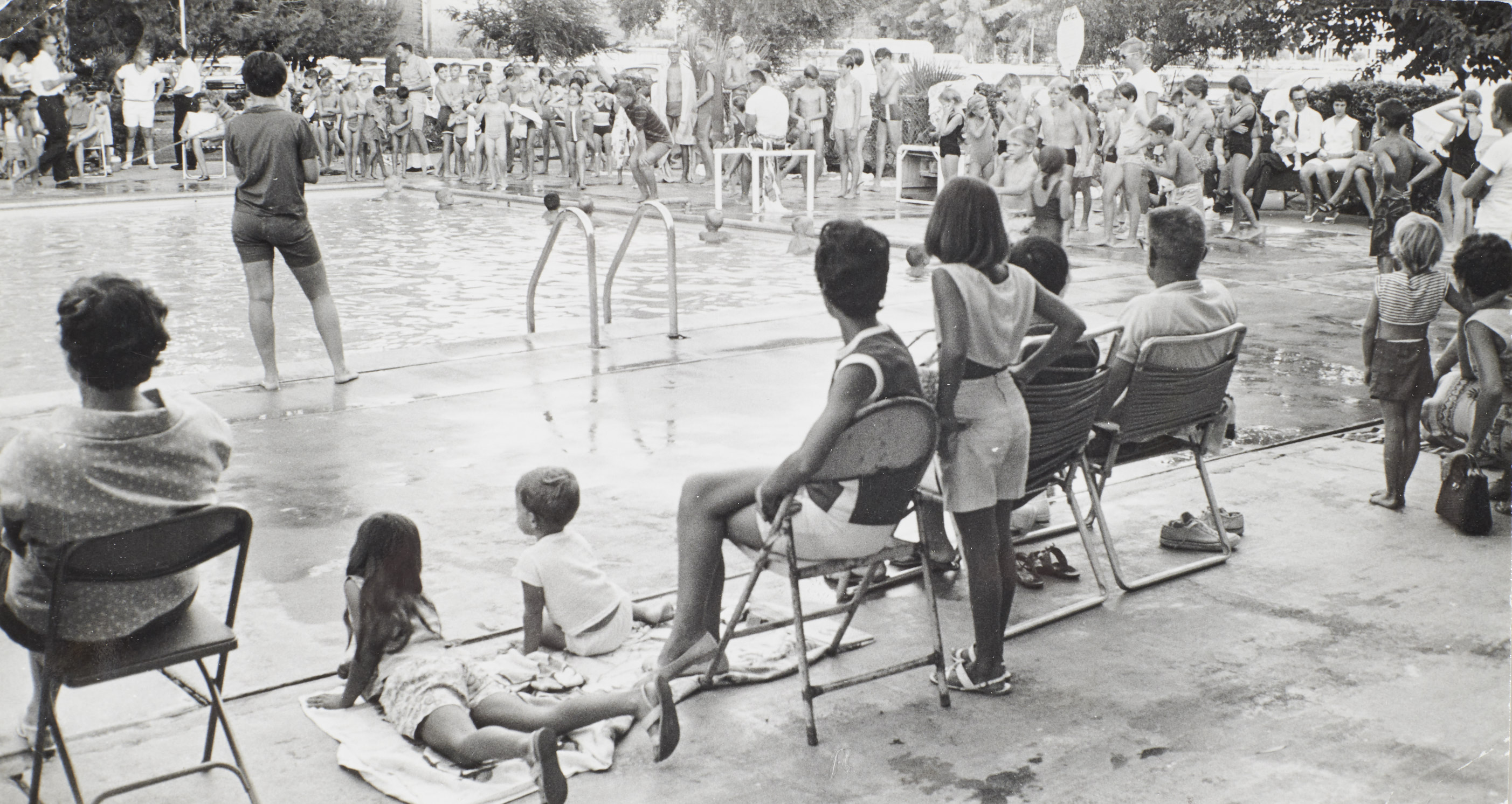
Phoenix Elks Historical Photograph 0039
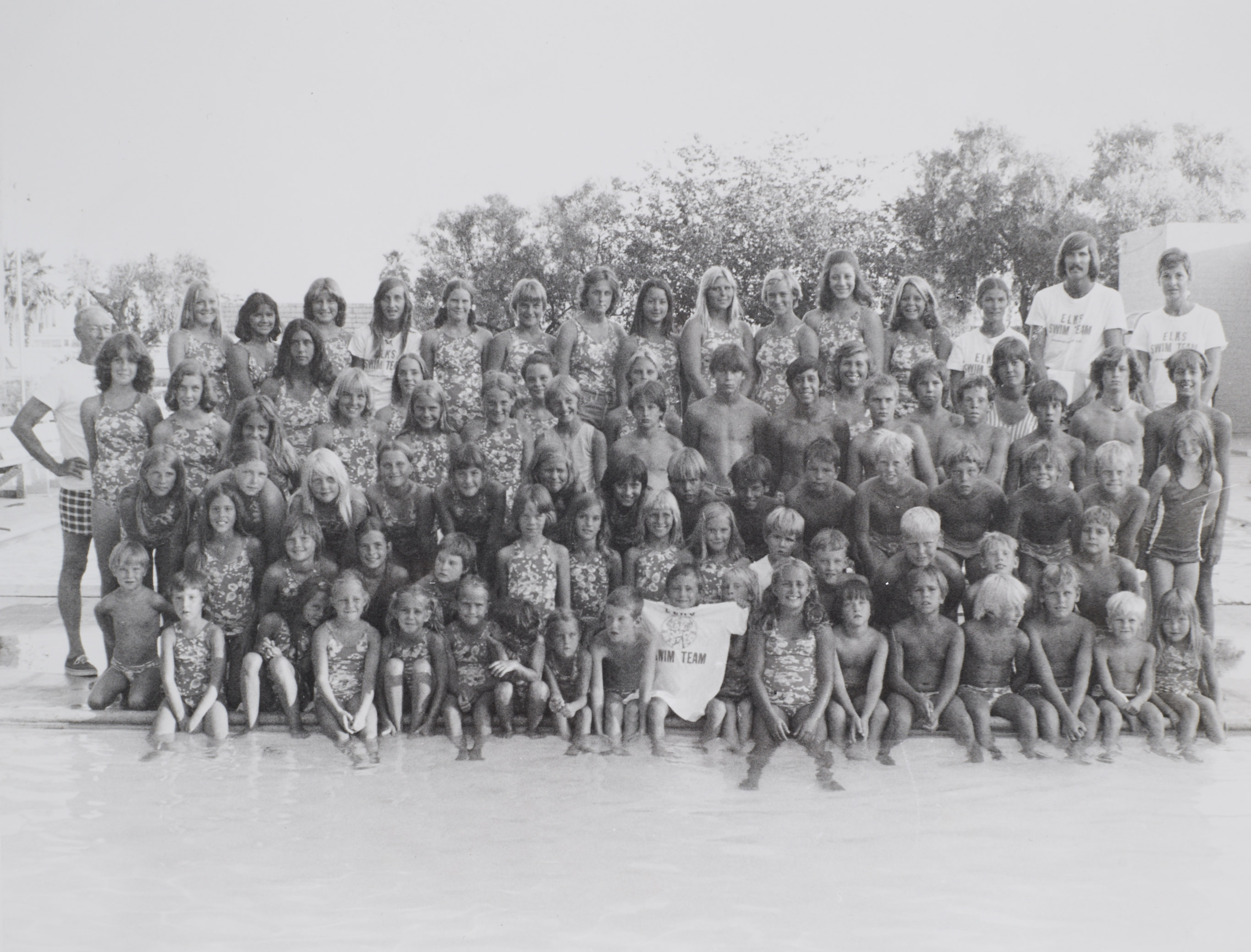
Phoenix Elks Historical Photograph 0040

Phoenix Elks Historical Photograph 0041

Phoenix Elks Historical Photograph 0042

Phoenix Elks Historical Photograph 0043
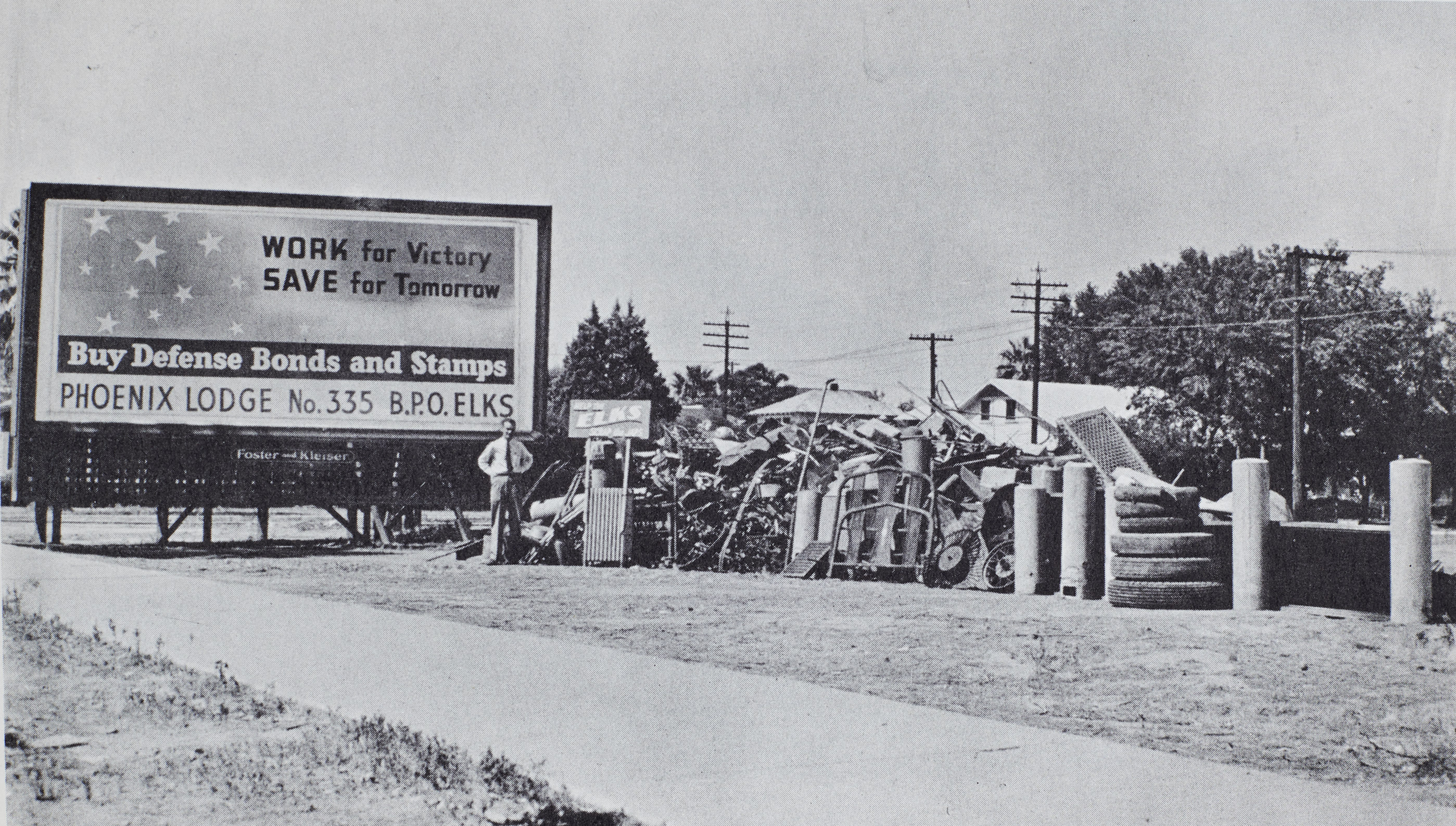
Phoenix Elks Historical Photograph 0044
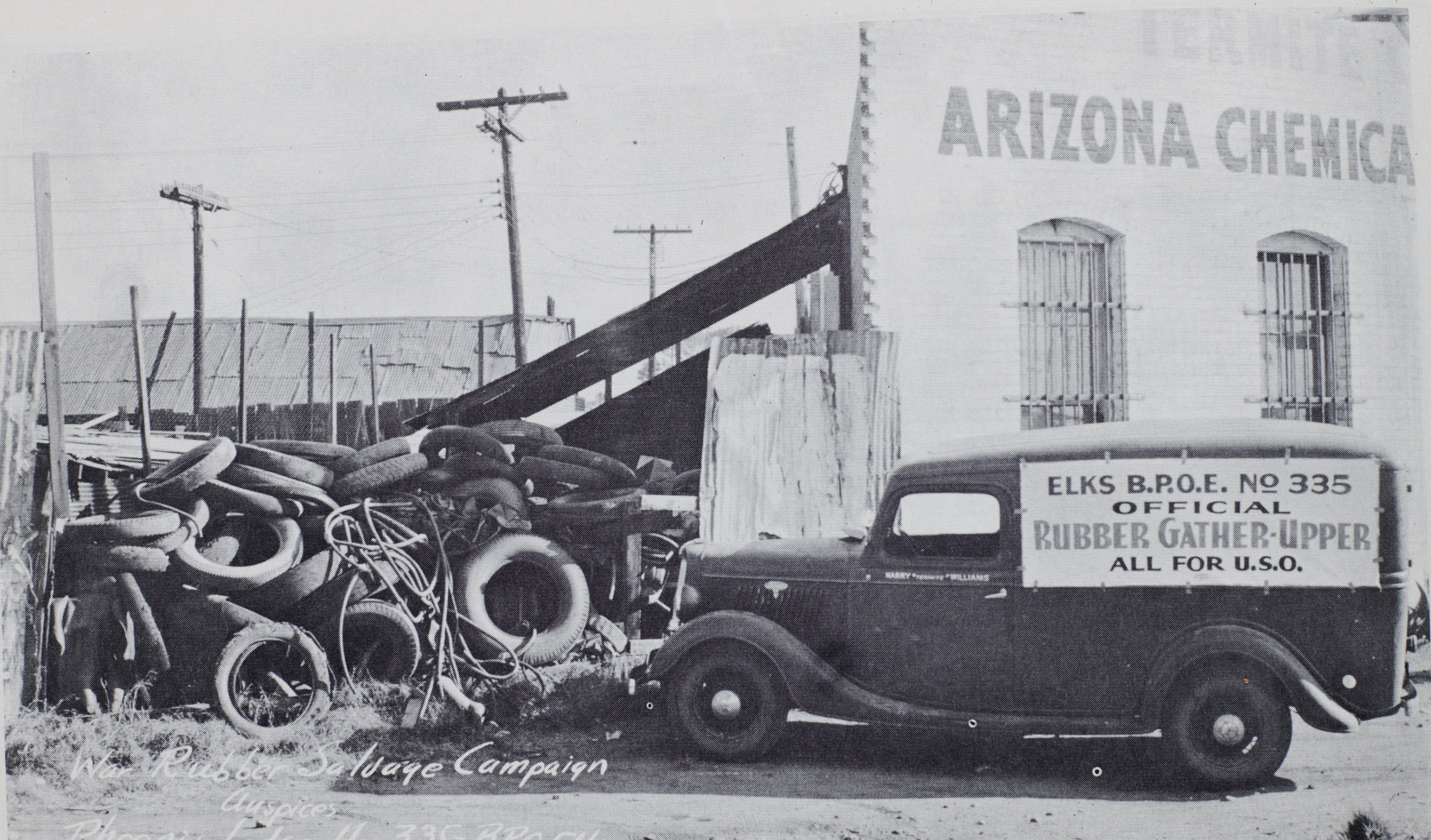
Phoenix Elks Historical Photograph 0045

Phoenix Elks Historical Photograph 0046
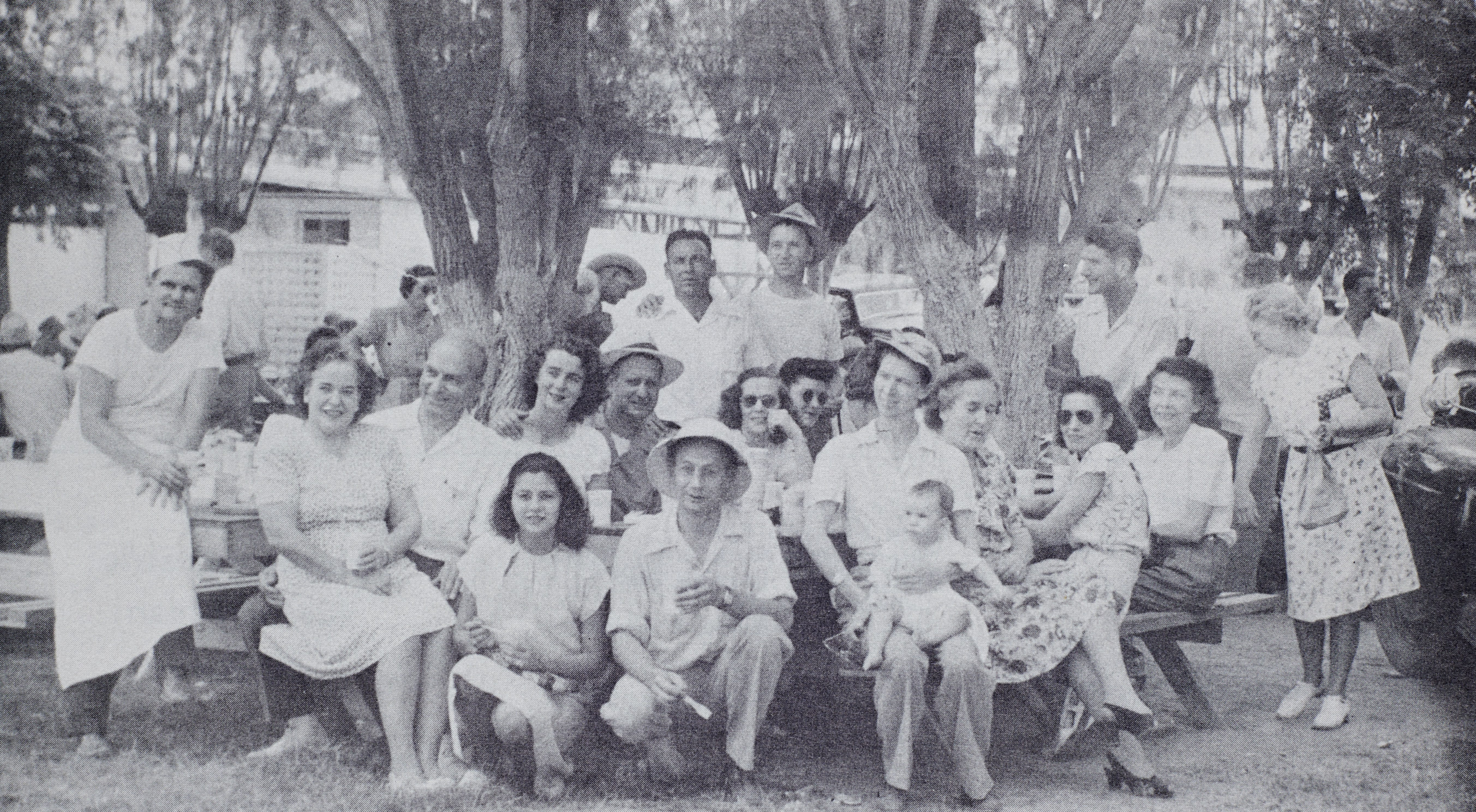
Phoenix Elks Historical Photograph 0047
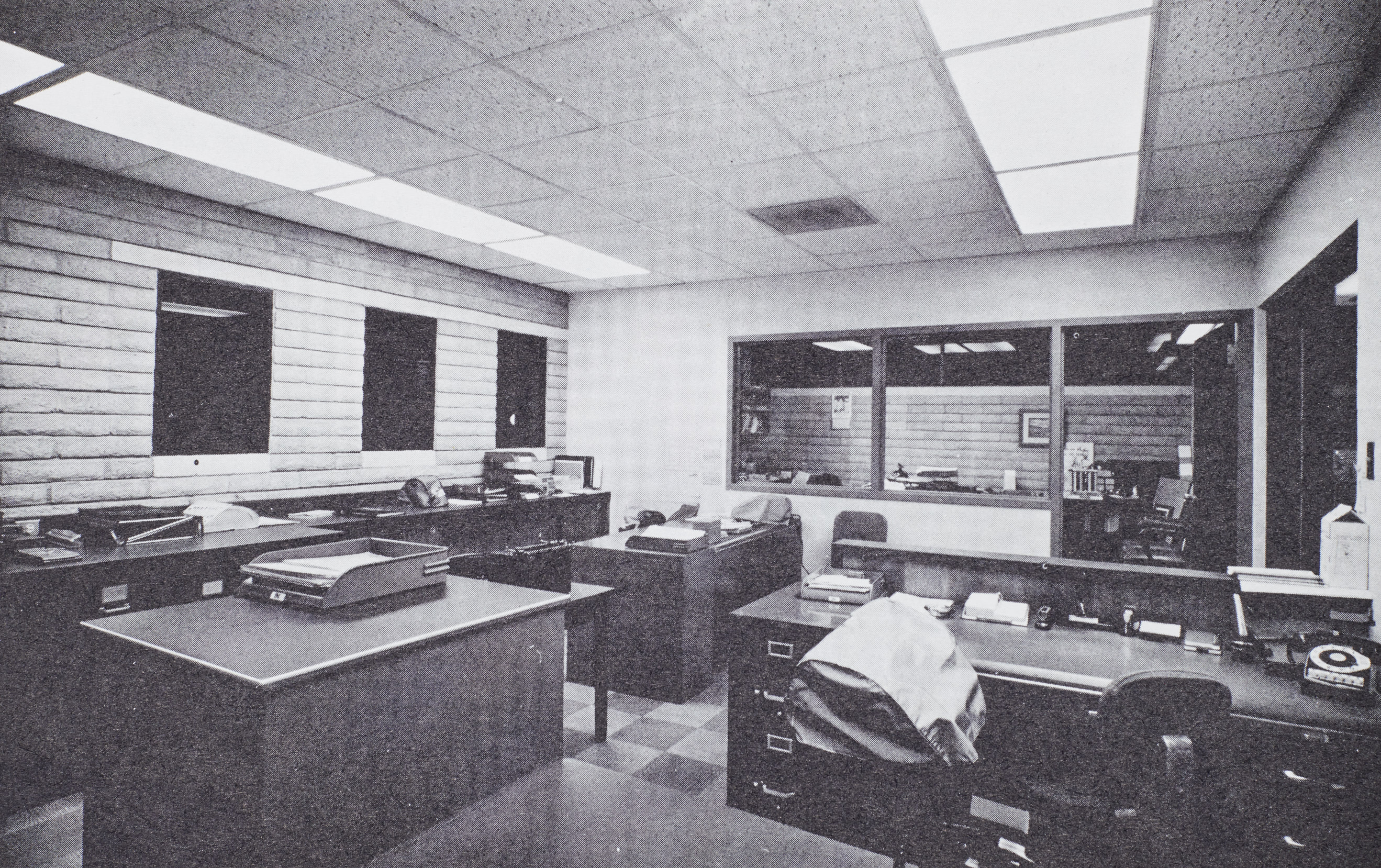
Phoenix Elks Historical Photograph 0048

Phoenix Elks Historical Photograph 0049

Phoenix Elks Historical Photograph 0050
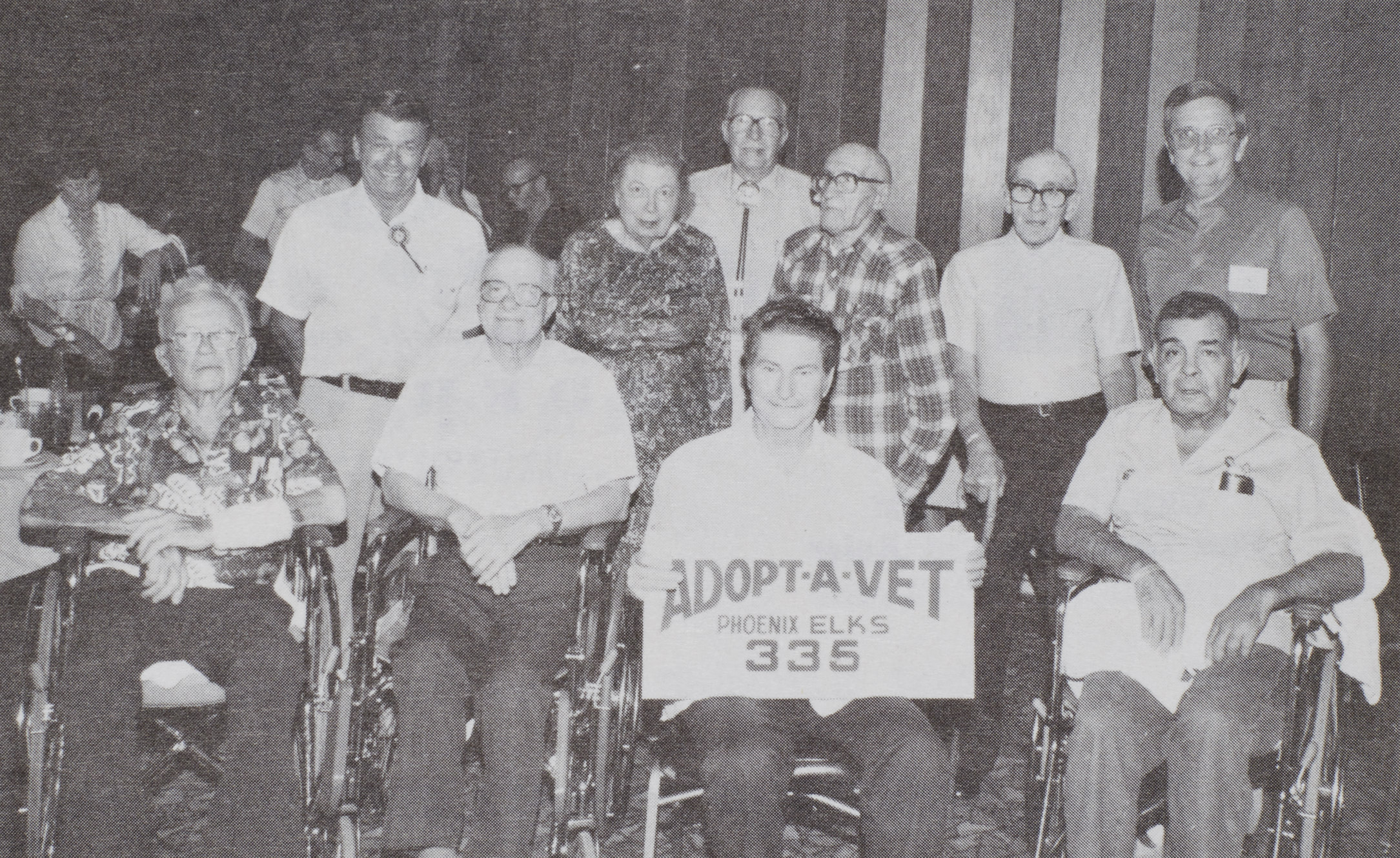
Phoenix Elks Historical Photograph 0051
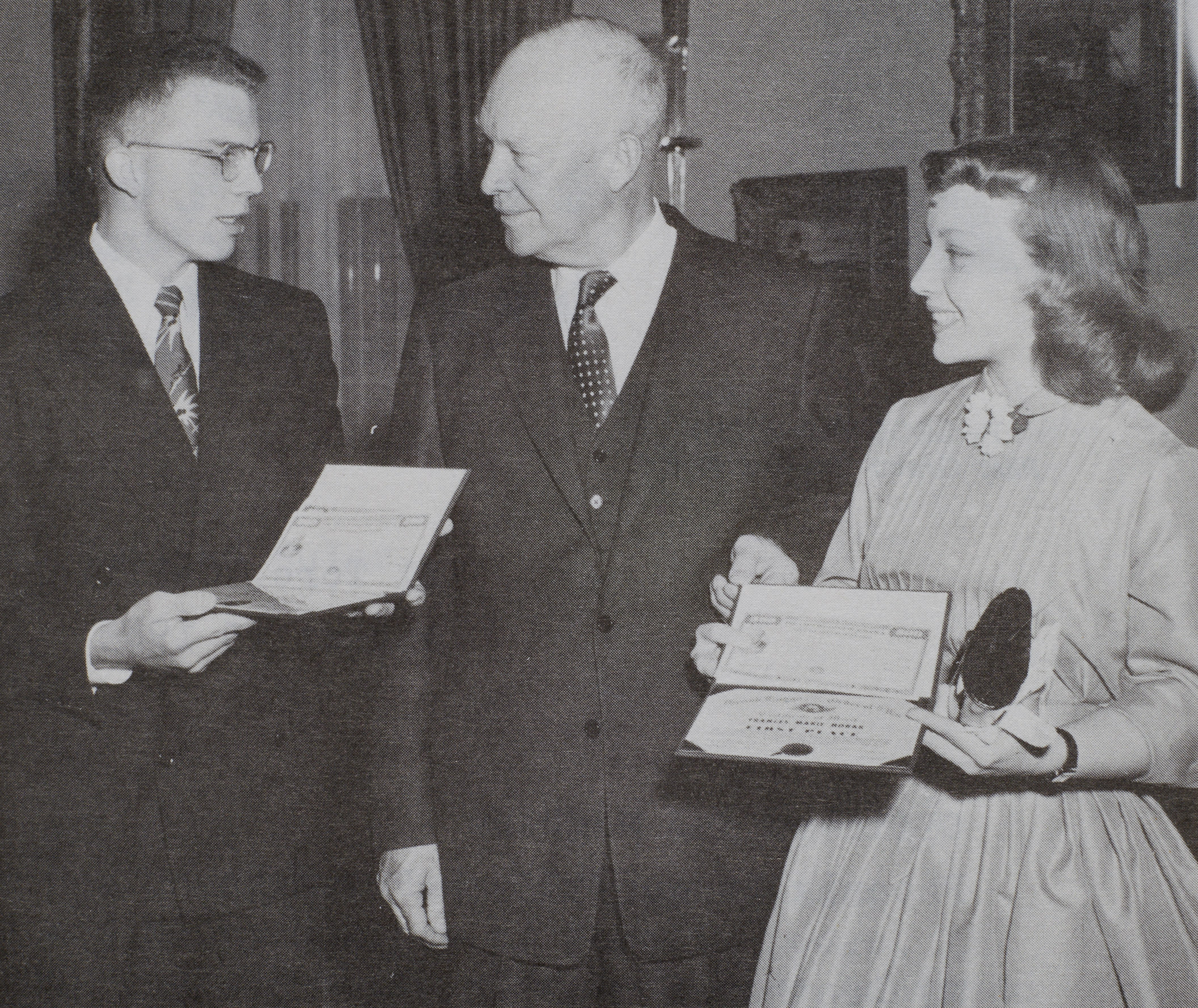
Phoenix Elks Historical Photograph 0052
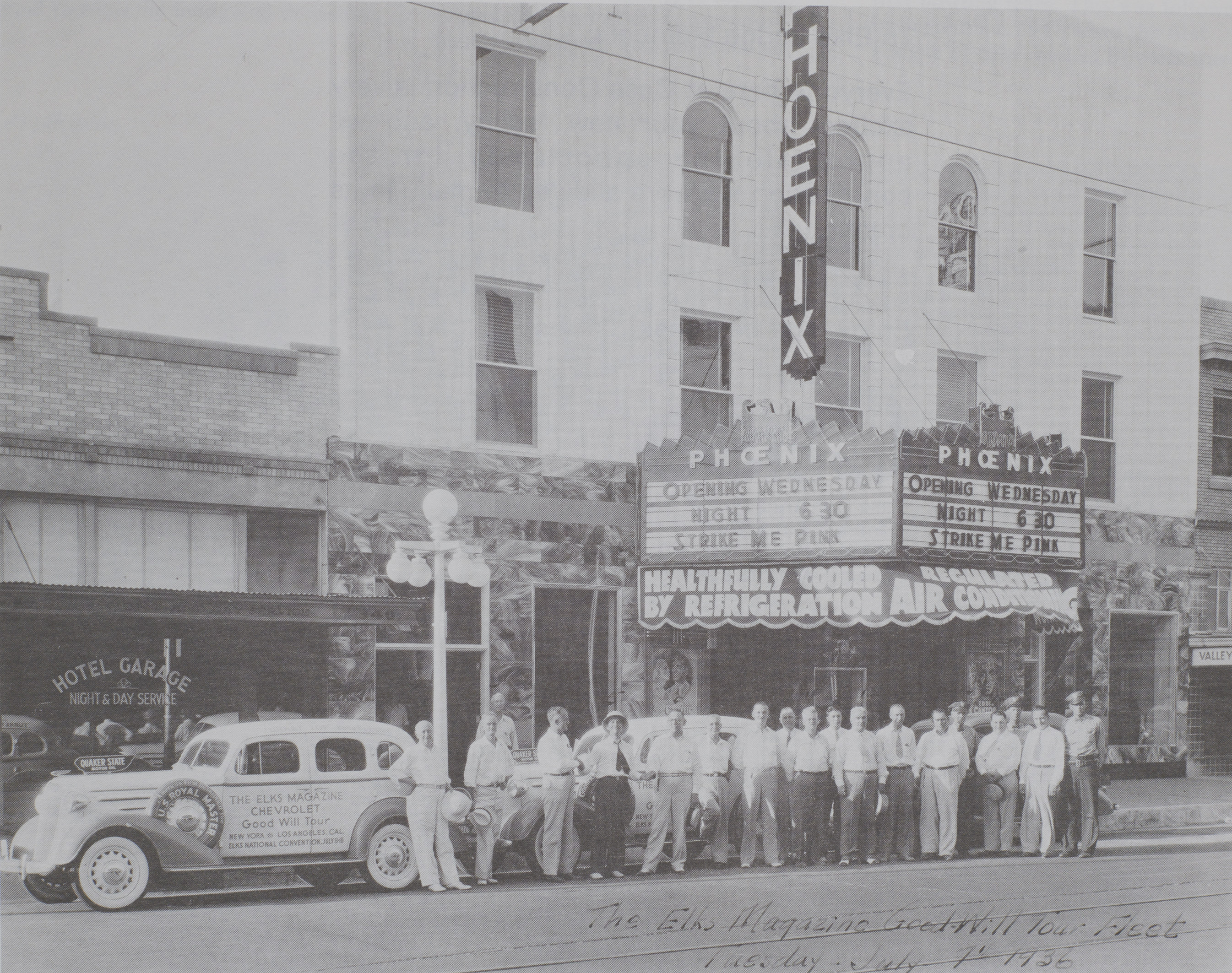
Phoenix Elks Historical Photograph 0053
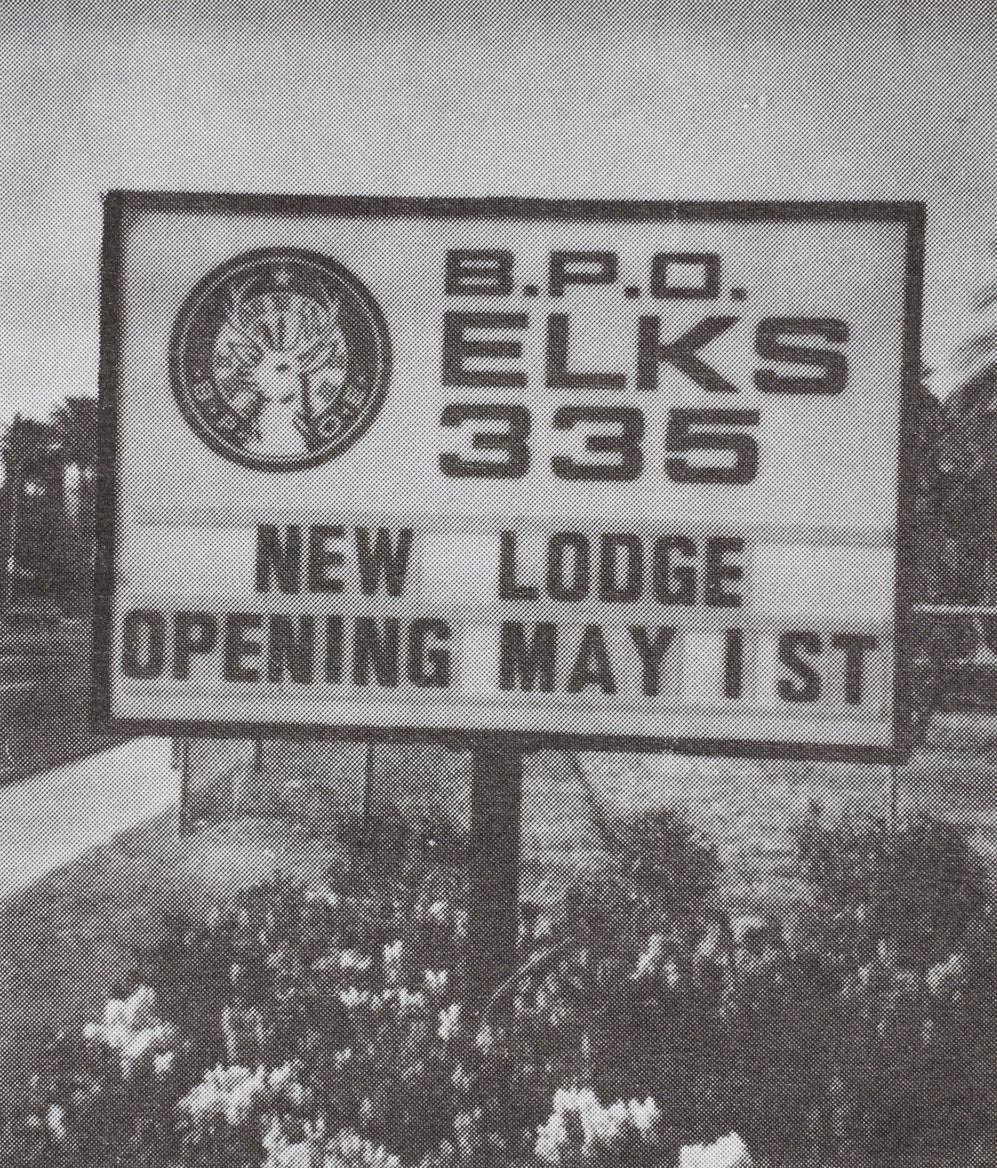
Phoenix Elks Historical Photograph 0054

Phoenix Elks Historical Photograph 0055

Phoenix Elks Historical Photograph 0056

Phoenix Elks Historical Photograph 0057

Phoenix Elks Historical Photograph 0058

Phoenix Elks Historical Photograph 0059

Phoenix Elks Historical Photograph 0060

Phoenix Elks Historical Photograph 0061
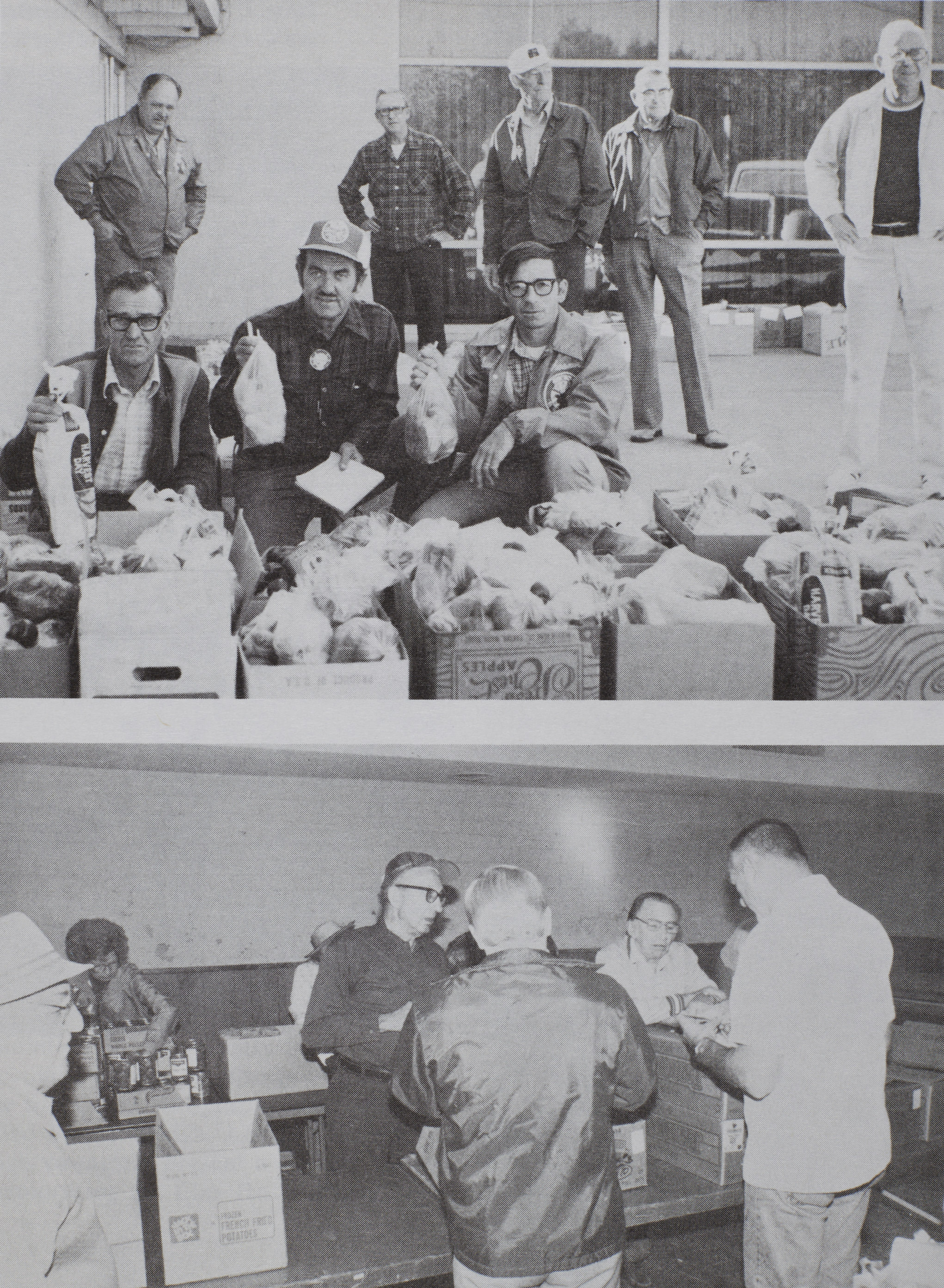
Phoenix Elks Historical Photograph 0062
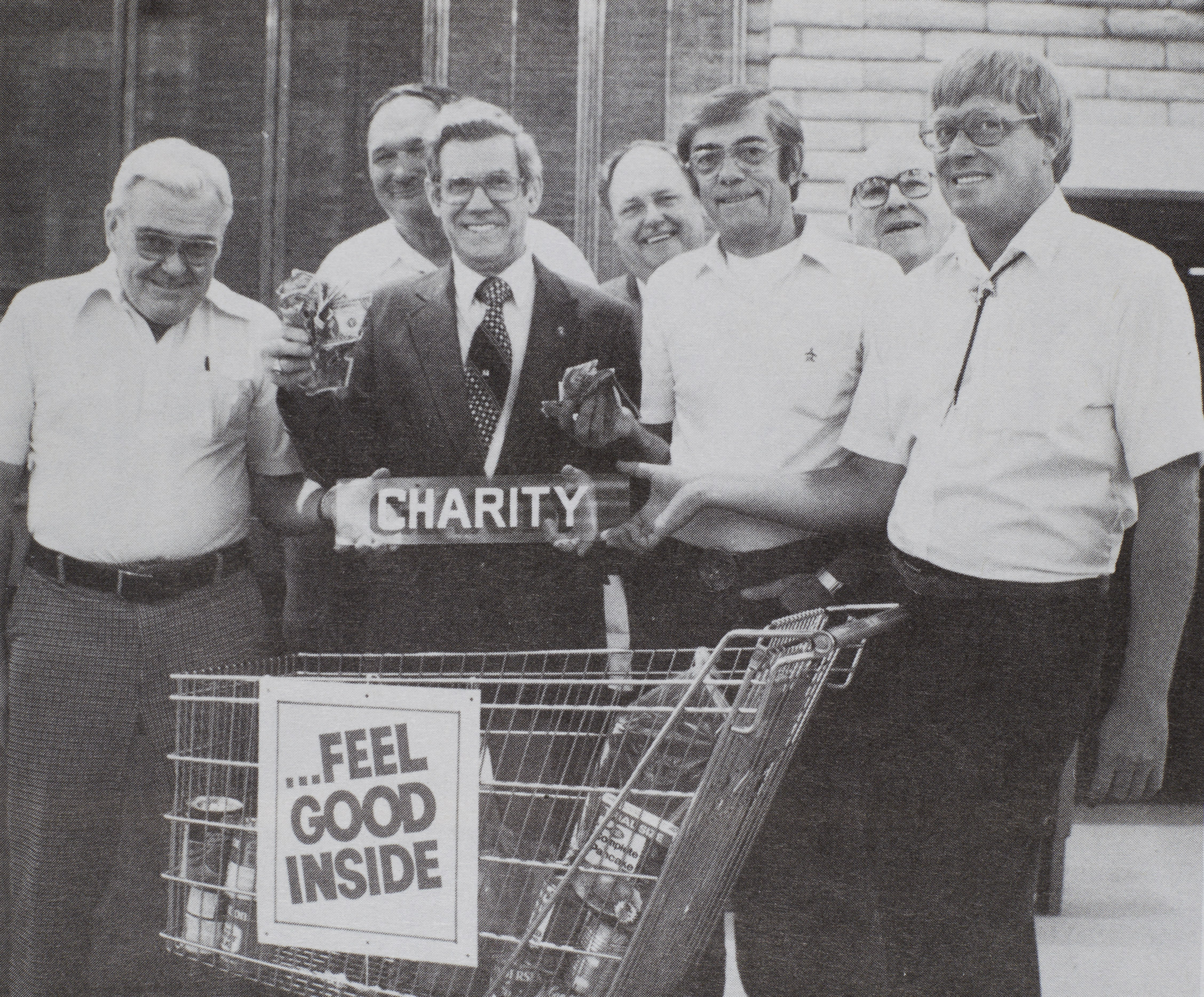
Phoenix Elks Historical Photograph 0063
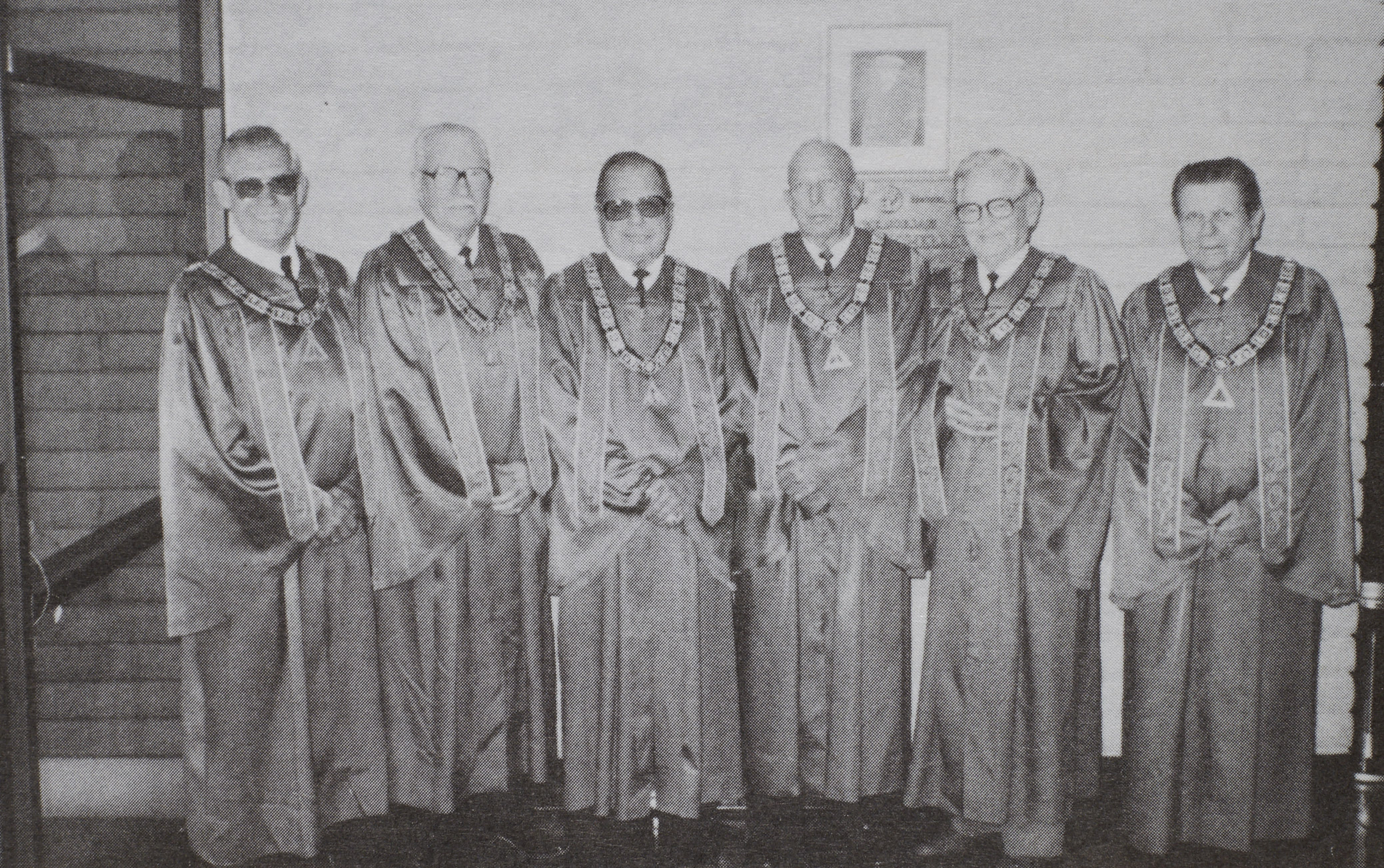
Phoenix Elks Historical Photograph 0064

Phoenix Elks Historical Photograph 0065
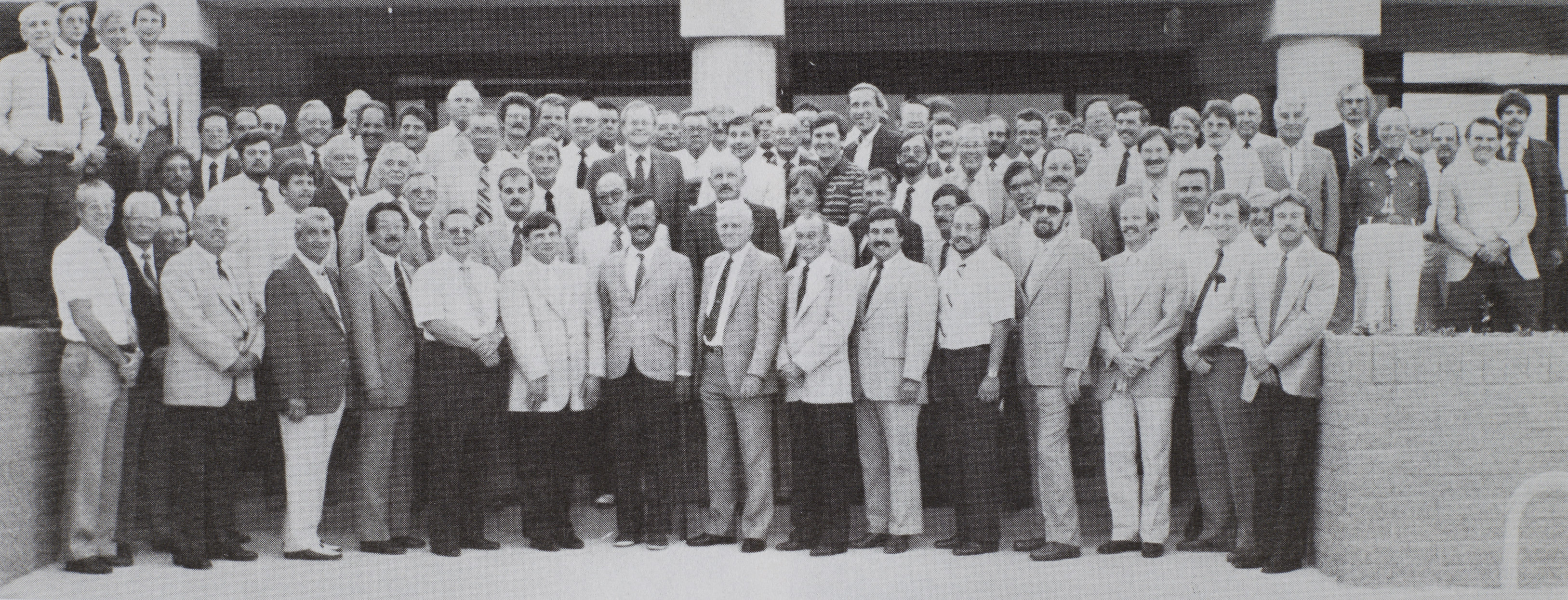
Phoenix Elks Historical Photograph 0066

Phoenix Elks Historical Photograph 0067
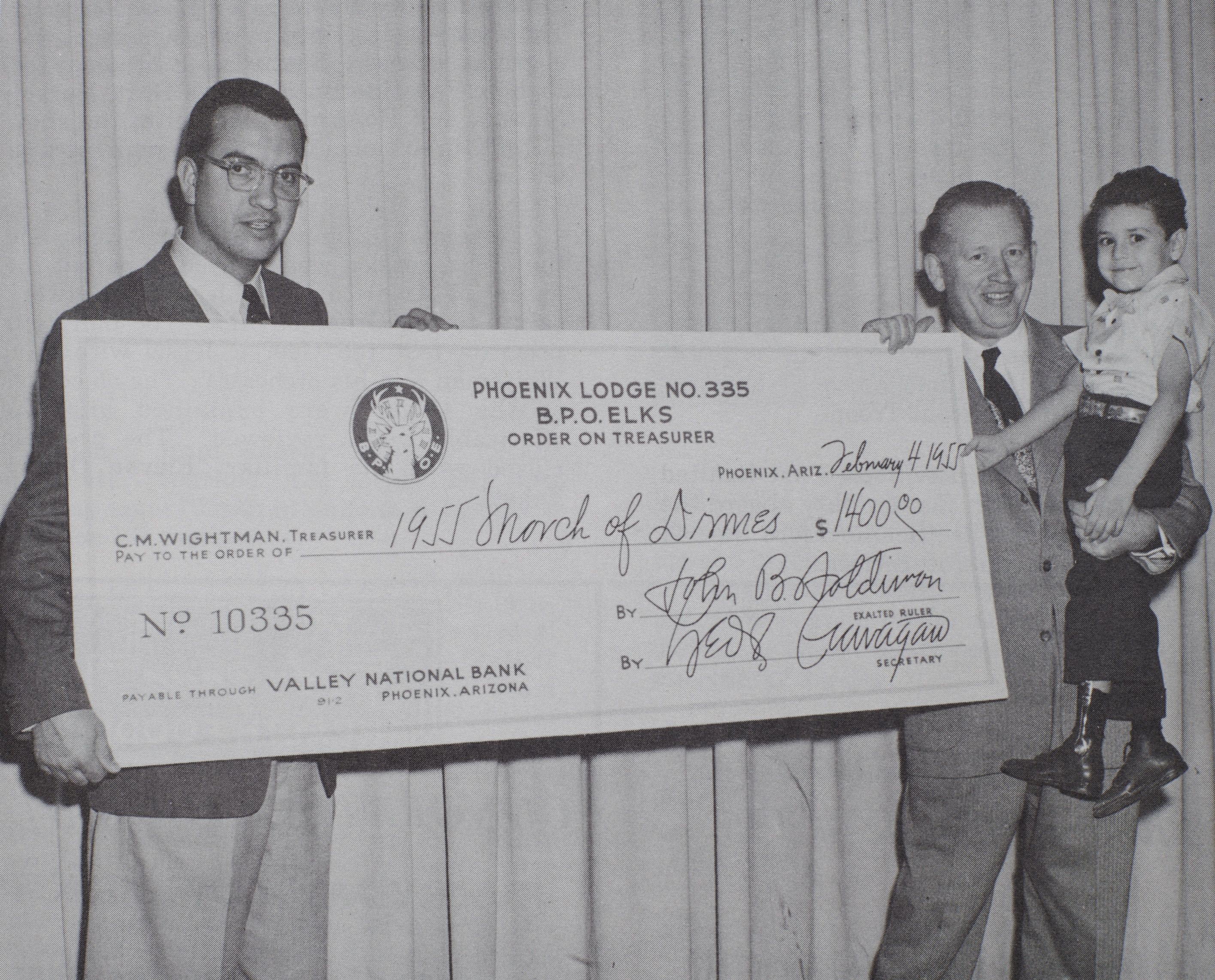
Phoenix Elks Historical Photograph 0068

Phoenix Elks Historical Photograph 0069

Phoenix Elks Historical Photograph 0070
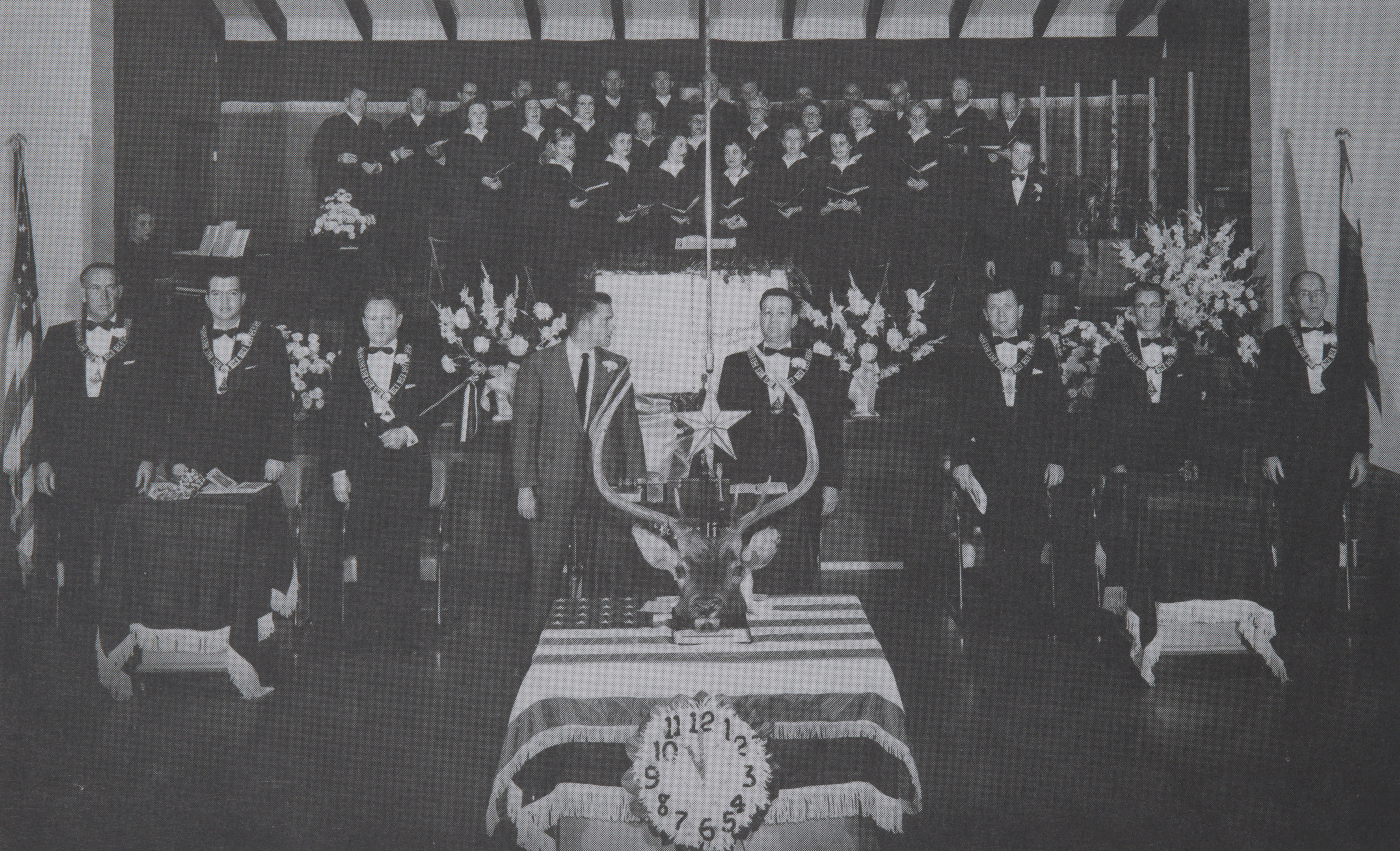
Phoenix Elks Historical Photograph 0071
